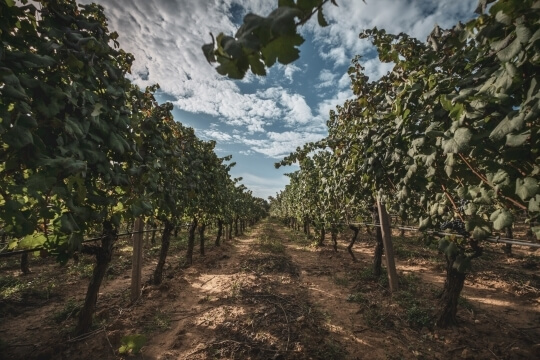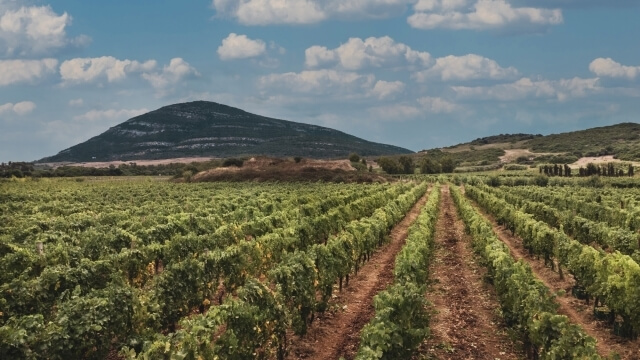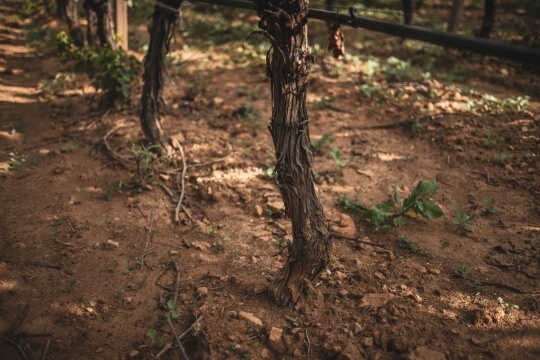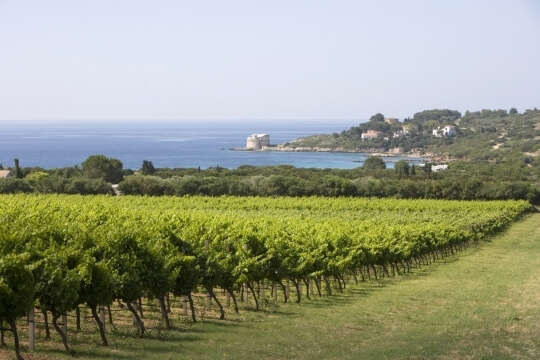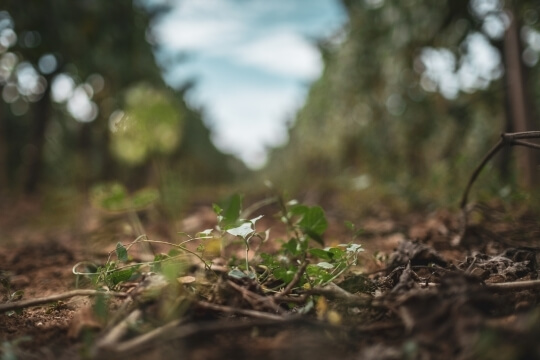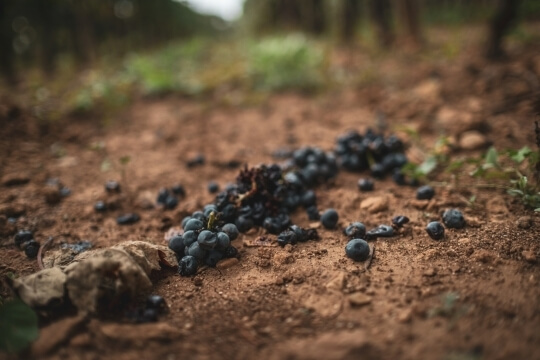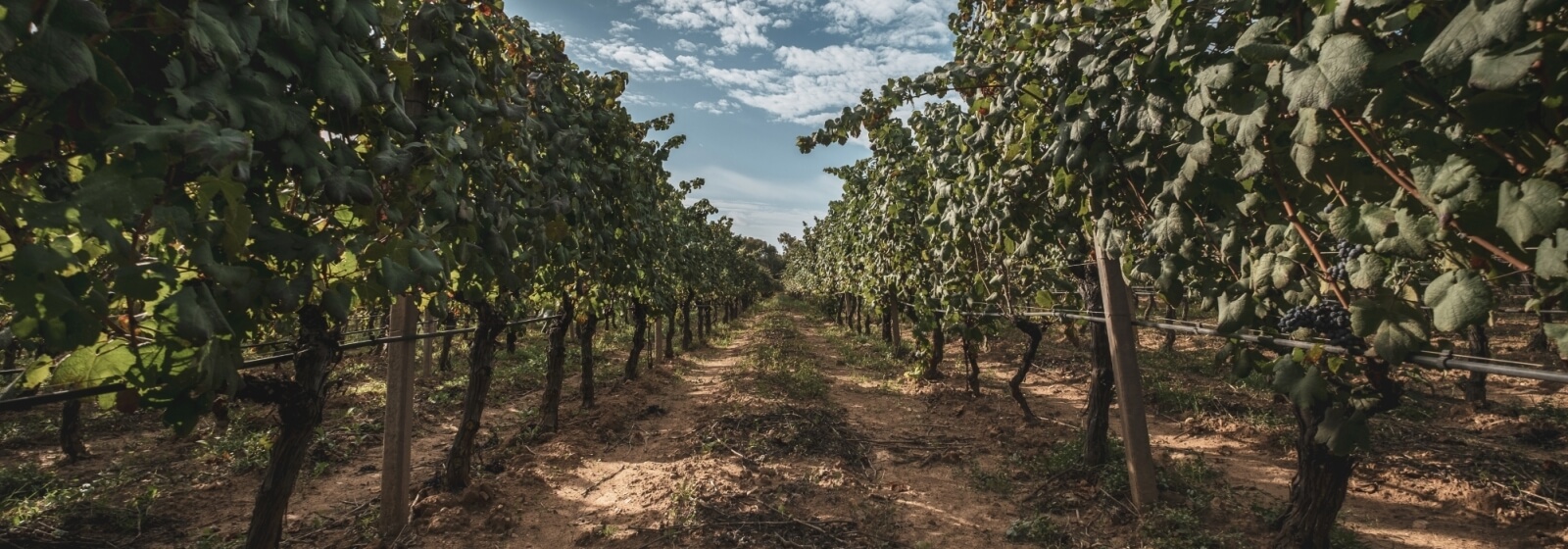
Land, Soil and Climate
An ancient land shaped by the wind.
The “Alghero” DOC wine production area is located in Sardinia, in the area broadly defined as Nurra Algherese and in the northwestern part of the island.
This is therefore the province of Sassari, and the “Alghero” DOC encompasses an area that includes the municipalities of Alghero, Olmedo, Ossi, Tissi, Usini, Uri, Ittiri and part of Sassari (download the specification to find out more about the production area).
The landscape is mainly flat, with an average altitude of 50 m (164 ft) above sea level; the eastern part features rolling hills and the western part borders directly onto the sea, where limestone and trachyte cliffs of various shapes are interspersed with small coves with beaches of different origins.
Soil and climate
Sardinia is famously one of the oldest lands in Europe, and the soil of this region bears witness to the events of various geological eras, which essentially shaped three types of landscape:
- landscapes on dolomitic limestone soils of the Paleozoic and Mesozoic Eras
- landscapes on alluvium and cemented eolian sandstones of the Pleistocene Era
- landscapes on acidic effusive rock (rhyolites, ignimbrites) of the Cenozoic Era
This means that even in a relatively small area such as the “Alghero” DOC region, we find vineyard plots of varying nature and considerable variability, which determine the specific characteristics of the wine production, offering consumers wines with different nuances depending on the area in which the grapes are grown.
This specificity is undoubtedly also conditioned by the climate, which in this area can be classified as temperate-warm, with the strong influence of the sea (which is between a few hundred yards and about 19 miles from the vineyards as the crow flies), along with the famous Mistral wind. The sea and the wind give the grapes, and in turn the wines, characteristic hints of minerality and salinity that make them unique and recognisable on the palate.
The climate in the Alghero area is particularly well-suited to the development of vines, both in terms of growth and production, with an average annual temperature of at least 16°C/60.8°F (20.45°C/68.81°F between April and September), minimum temperatures averaging 10°C/50°F and an average of just 64 days of rain each year (data for the period 2006-2010).
- Land, Soil and Climate
- Terroir

